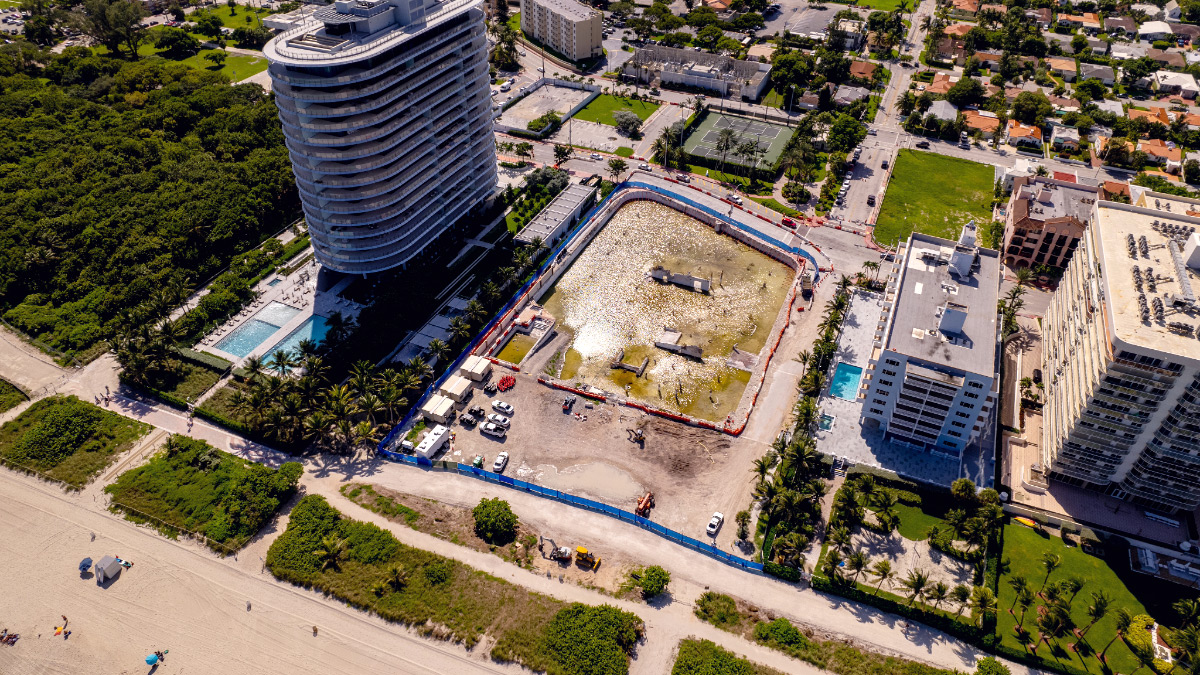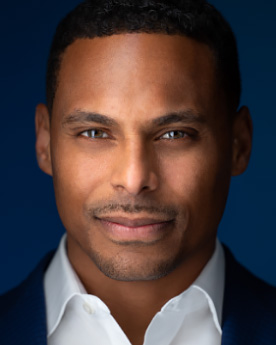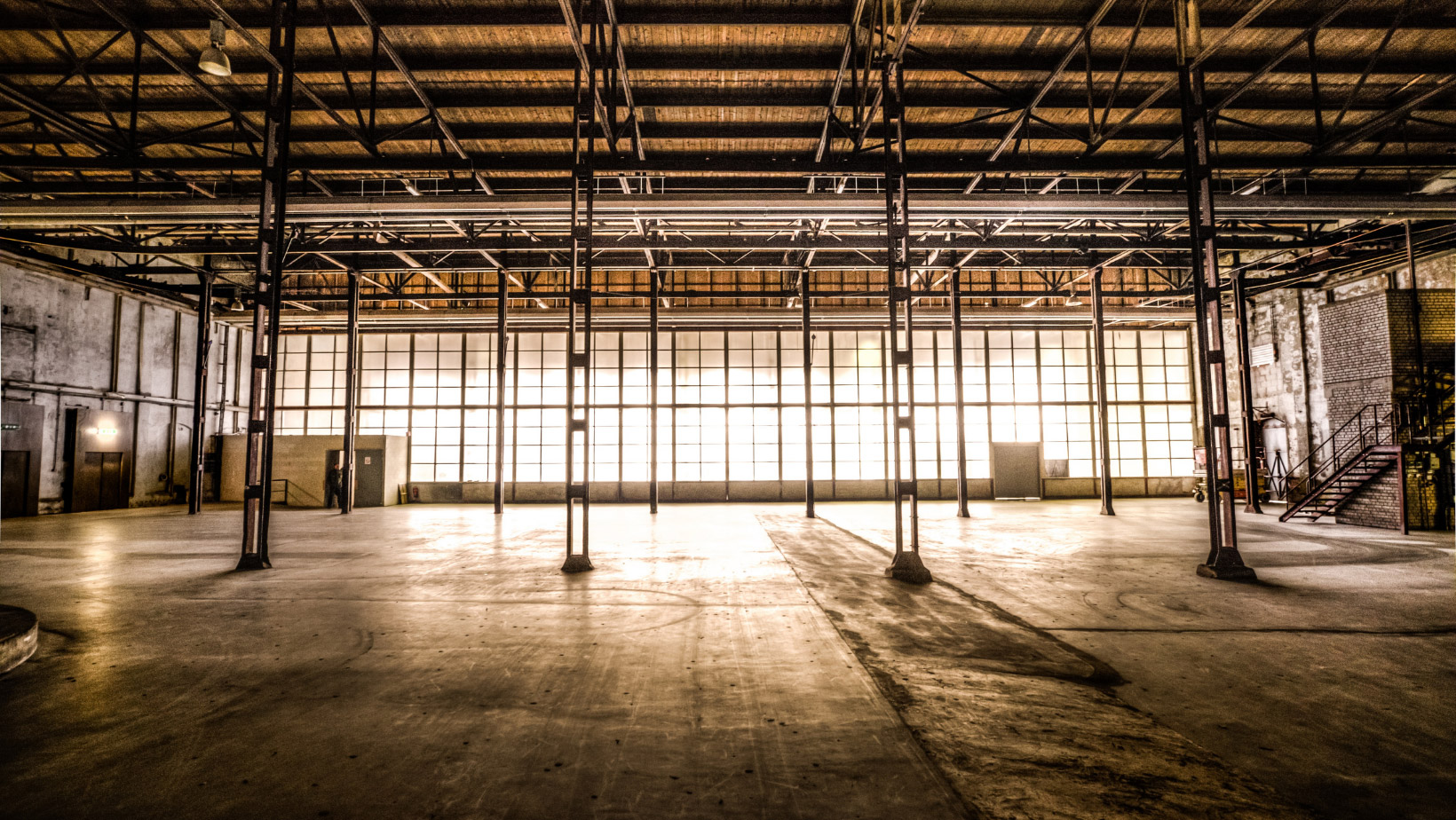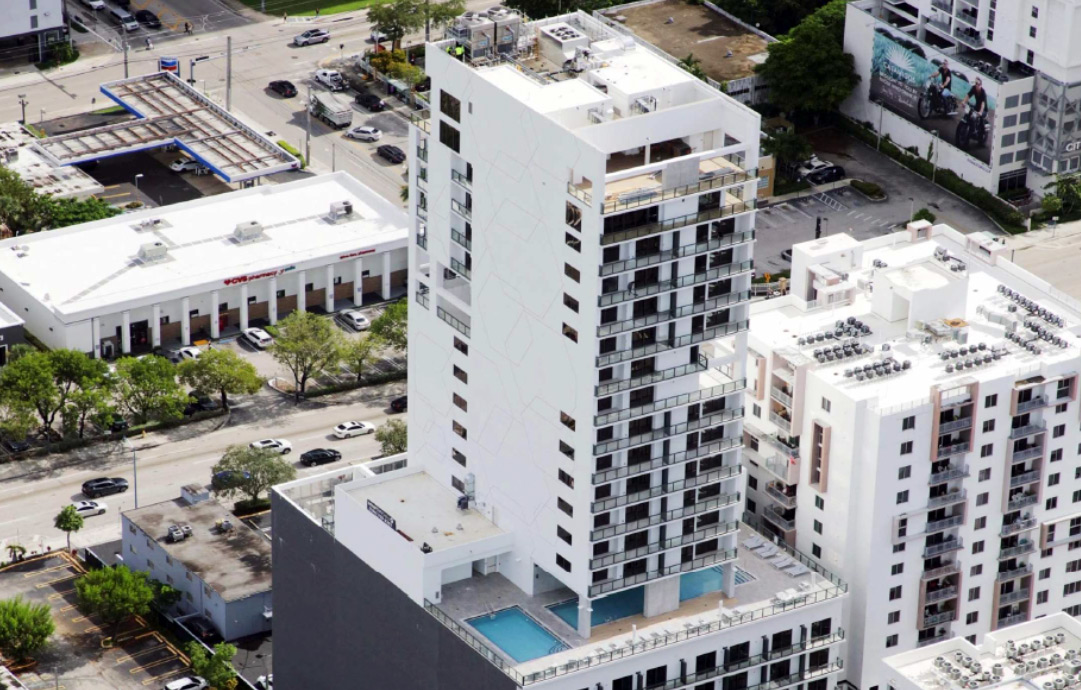
June 24th marks the third anniversary of the collapse of the Champlain Towers South. Located in Surfside, a Miami suburb, a large portion of the twelve-story, 136-unit beachfront condominium gave way, leading to 98 deaths and eleven injuries. This tragic event has become a crucial reminder about building safety, maintenance, and regulatory oversight.
The collapse of the 12-story residential building shocked the local community, but it also raised questions about aging buildings and their structural integrity, especially those located along the coastline.
Less than a month before their milestone inspection, this unforeseen incident immediately prompted a federal investigation.
In this article, we are going to discuss the following:
- The Champlain Towers South
- Maintenance Issues and Warnings Signs
- Investigations and Root Causes
- Changes Made to the 40-Year Florida Recertification Inspection
The Champlain Towers South
Constructed in 1981, the Champlain Towers South was one of three (3) twelve-story buildings alongside its sister buildings, the Champlain Towers North and Champlain Towers East. The upscale residence was the first of its kind in the Miami suburbs, offering amenities such as a parking garage, pool deck, and reinforced concrete frames. The condominium also provided stunning ocean views, making it a prime location.
By 2021, Champlain Towers South encompassed 136 units and a rooftop penthouse. The residences varied from 1,200 to 4,500 square feet and included one to four bedrooms.
Over time, concerns about the building’s structural integrity grew, leading to periodic maintenance and repair efforts. In 2018, an engineering report by Morabito Consultants revealed significant structural damage, including deteriorating concrete in the pool deck and signs of water penetration. These findings stressed the need for immediate and thorough repairs, especially as the building neared its mandatory 40-year recertification process in Miami-Dade County. This process was designed to ensure the safety of older structures.
Maintenance Issues and Warning Signs
In 2018, a thorough engineering assessment revealed significant structural problems in the Champlain Towers South. These problems included clear signs of water damage and deteriorating concrete in the pool deck. Urgent repairs were necessary to ensure the building’s safety as it approached its mandatory 40-year recertification process in Miami-Dade County.
Investigations and Root Causes
The cause of the collapse remains under investigation, but several factors have been identified as potential contributors. The 2018 engineering report warned of significant structural issues, including extensive concrete damage and inadequate waterproofing. Environmental factors like saltwater corrosion, common in coastal areas, may have exacerbated the building’s deterioration. Questions have also been raised about the original construction quality and whether proper materials and techniques were used.
The disaster immediately scrutinized building maintenance practices, regulatory oversight, and condominium association responsibilities. Many residents had previously expressed concerns about visible cracks, leaks, and other signs of structural distress. The condominium association had approved a multimillion-dollar repair project to address these issues, but the work had yet to commence by the time of the collapse.
Changes Made to the 40-Year Recertification Inspections
Following the collapse of Surfside, changes were made to the building inspection process, and a new bill was passed: Senate Bill 4-D. This bill introduces stricter regulations and more frequent thorough inspections of structural components. These changes reflect a growing understanding of the need to adapt to climate change and to prioritize the life safety and resilience of buildings in the face of these threats.
The changes also require condominium and co-op buildings three stories tall or more and a certificate of occupancy dated on or before December 1, 1996, to undergo a milestone inspection.
Additionally, these buildings must have milestone inspections when they reach 30 years of age and every 10 years after that, or 25 years of age and every 10 years after that if the building is located within three miles of a coastline.
Recertification is a Comprehensive Process That Includes Various Types of Inspections
 Succeeding Florida SB 4-D is Florida’s SB 154, which was signed into law in June 2023 (read more on our coverage of these new laws in our blog). This new bill revised the types of buildings that must undergo milestone inspections and expanded on who (the types of professionals) may conduct the visual portion of the structural integrity reserve study.
Succeeding Florida SB 4-D is Florida’s SB 154, which was signed into law in June 2023 (read more on our coverage of these new laws in our blog). This new bill revised the types of buildings that must undergo milestone inspections and expanded on who (the types of professionals) may conduct the visual portion of the structural integrity reserve study.
The milestone inspection report must be organized by a condominium or cooperative association and by any owner of any portion of the building not subject to the condominium or cooperative form of ownership. Both the association and individual owners are responsible for meeting the requirements. The association covers costs related to inspecting the parts of the building for which it is responsible. This section does not apply to single-family, two-family, or three-family dwellings with three or fewer habitable stories above ground.
Nearly three years later, the condo collapse in Surfside is still under investigation. The incident serves as a reminder of the importance of maintaining and upgrading our built environment to withstand the tests of time and nature. Investigations are ongoing, and the lessons learned will significantly improve building safety standards, thereby preventing such tragedies from occurring in the future.
As South Florida’s premier milestone inspections, structural integrity reserve studies (SIRS), and engineering consulting firm, Building Mavens has the expertise to provide the necessary inspections and guidance for you to move forward confidently.
Let’s work together to build a safer future.
Key Points
Collapse: On June 24, 2021, a significant section of the 12-story building collapsed, impacting around 55 out of 136 units.
Cause: Assessments noting structural concerns like water damage and concrete deterioration. An engineering evaluation in 2018 flagged severe structural issues. Investigations aim to determine the exact factors leading to the failure and identify any maintenance or oversight lapses.
Impact: The collapse prompted a review of building safety regulations for older coastal structures, resulting in increased inspections, stricter rules, and legislative changes to prevent future disasters.
Legal Consequences: The milestone inspections have been updated from 40 to 30 years. If a building is located within three miles of the coastline, the inspection must be completed by December 31st of the year the building reaches 25 years of age (based on CO) and every ten years after that.
About the Author

With a comprehensive background spanning public and private projects, Scott’s proficiency encompasses structural engineering design, construction oversight, and forensic analysis. His role involves investigating structural failures, construction defects, and code compliance to ensure project integrity while upholding safety standards and building codes. Beyond his investigative prowess, Scott is a skilled design engineer, contributing to diverse architectural facets including building envelope systems and designs for various materials. His extensive portfolio includes projects ranging from residential designs to commercial structures like warehouses and piers. Across all phases of project development, from conception to inspection, Scott’s dedication to innovative and compliant engineering solutions shines through.
Contact me for more information: info@buildingmavens.com






